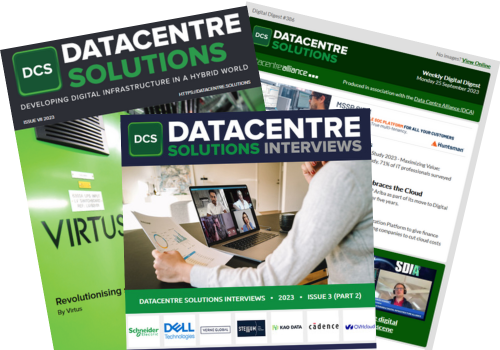As many as 50% of data centre managers reported difficulties in finding qualified candidates to fill open roles, up from 41% last year and 38% in 2018. Some operators are recruiting outside the industry and retraining staff much more actively and many are turning to outsourced resources. The drivers behind this are many and various. In some regions, the problem is being fuelled by a straightforward shortage of engineers, in others, significant growth in the number of new data centres is ramping up unsustainable demand for staff.
Additionally, of course, operating a 24/7 data centre typically requires second and third shift work for entry level positions – and that can be a disincentive for new applicants. Many may decide to opt instead for more of a 9-5 role within the sector or choose a career in an alternative area of engineering. Often too, organisations may find that they simply do not have an available local population with the necessary skills to fulfil data centre jobs because they are building these data centres in areas that are predominantly rural, where power is cheaper, or in climates where there is more natural cooling, but few local people with the skills they require.
All this does not take into account the compounding effects of the current pandemic. There is likely to be some reluctance to hire data centre staff that the organisation has not physically sat down with to come into a data centre environment, especially if that data centre is co-located and multi-tenancy focused. If management has not met that person face to face, there may be some reluctance to appoint that person and trust them with the security of that environment.
Finding staff with the right skills to fill data centre positions locally is, in other words, very difficult and getting more so. Compounding the problems for data centre managers, COVID precautions make access to data centres much more difficult even for existing staff. From the outset of the pandemic, many organisations restricted access to the data centre to just a few more senior members of the engineering team.
Navigating the staffing shortage
Fortunately, there is a solution available to the current challenge of data centre skills shortages. Technology can play a key role here in easing the problem. The latest Smart Out-of-Band management solutions are designed to give engineers either a secondary connection or a cellular back up connection when the primary access to the network has been lost.
This enables engineers to remotely log into the network using multiple methods whether it is over their primary WAN connection or their cellular failover. That means that if they make a change remotely and lose their primary access, they have a cellular back up, even into serial ports or Ethernet, that enables them to restore their configuration to regain primary access or continue operations.
Added to this, VPN tunnels give engineers and engineering teams that physical premise experience without having to be physically present. Together, this can provide a secure way to remotely connect to equipment and manage and restore devices.
NetOps and network automation can help here too, especially as new data centres come on line and ramp up their activity. As part of a concept known as day one provisioning, network engineers can send our pre-configured Smart Out-of-Band console servers with NetOps Automation features to the site.
Instead of sending out a dedicated team to deploy and set up, engineers can pre-configure the requisite appliances so that when the equipment arrives on site, it can simply be racked up and connected by a small team of lower skilled staff. A team of more technically skilled engineers could then use the cellular connection to bring up those devices remotely; have connections into them to start pushing out the configurations, updates, user profiles and access controls. In short, they can provision the whole solution remotely once it is physically installed.
Remote IP network automation can provide further enhanced manageability, allowing network engineers to have a single plane of management to easily and seamlessly access the devices and manage them without having to be physically on site.
Network automation is advancing today to move away from a person-to-port model and towards a machine-to-machine configuration, which allows for auto-response. When an incident occurs, the system can restore or reconfigure on its own, without requiring somebody to go on site or even to manually log in and fix the system.
Remote access is the way forward
All this capability is helping data centres to start hiring remotely located engineers rather than having to confine their search to those located in the vicinity of the site itself. Data centres could have lower level or junior staff on-site 24x7, but they could also have a dedicated resource of skilled remote staff logging into the data centre remotely from wherever they are based. That helps address the data centre skills challenge by expanding the area from which employees can be chosen but it also benefits the organisation more broadly by supporting a ‘follow the sun’ model, whereby different shifts can be brought online as time passes by.
The data centre has access to its preferred engineers at hours that suit those employees and it has the benefit of running a continuous service as a result. By utilising all of the processes that deliver secure remote access and making the most of the growing capability of Smart Out-of-Band & NetOps automation technology, the best route to solving today’s data centre staffing crisis can be found.
When allied to the network automation capabilities referenced earlier, this allows the data centre to be more productive and, in a sense, do more with less – a key benefit especially in the current difficult times.







